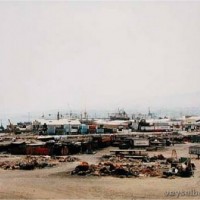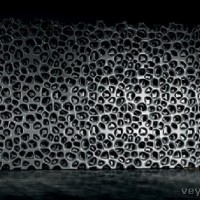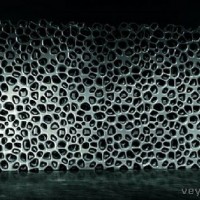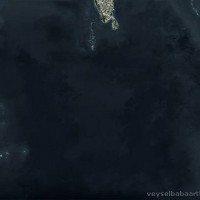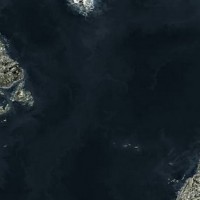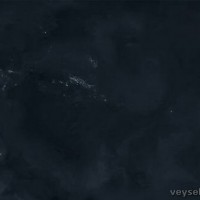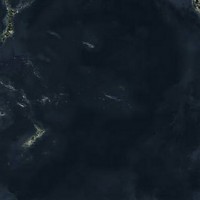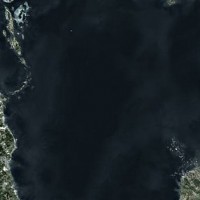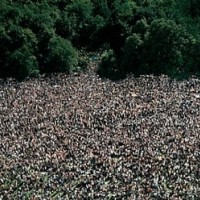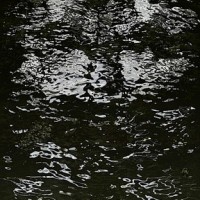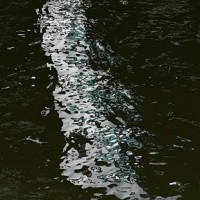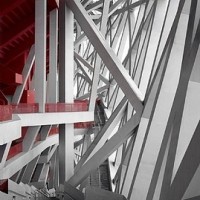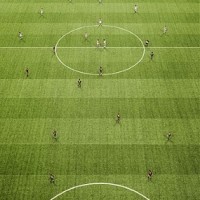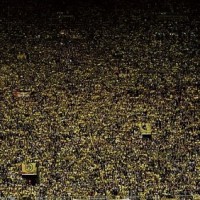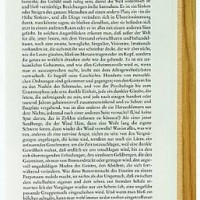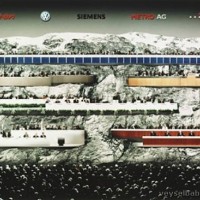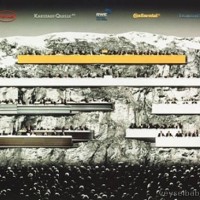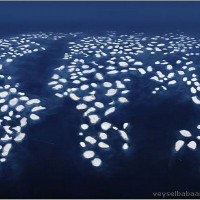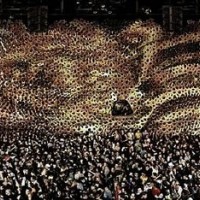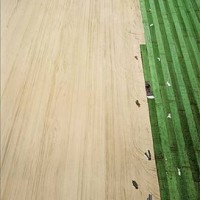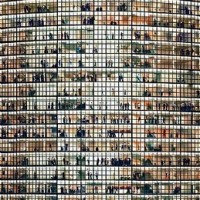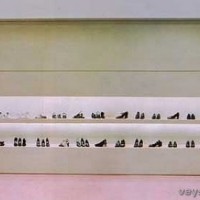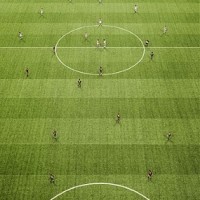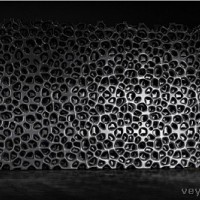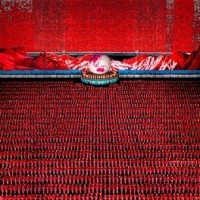- Home
- ABOUT US
- ABOUT VEYSEL BABA
- REDFOX ART HOUSE VIRTUAL TOUR
- MY LAST WILL TESTAMENT
- NOTES ON HUMANITY AND LIFE
- HUMAN BEING IS LIKE A PUZZLE WITH CONTRADICTIONS
- I HAVE A WISH ON BEHALF OF THE HUMANITY
- WE ARE VERY EXHAUSTED AS THE DOOMSDAY IS CLOSER
- NO ROAD IS LONG WITH GOOD COMPANY
- THE ROAD TO A FRIENDS HOUSE IS NEVER LONG
- MY DREAMS 1
- MY DREAMS 2
- GOLDEN WORDS ABOUT POLITICS
- GOLDEN WORDS ABOUT LOVE
- GOLDEN WORDS ABOUT LIFE
- GOLDEN WORDS ABOUT DEATH
- VEYSEL BABA ART WORKS
- SHOREDITCH PARK STORIES
- EXAMPLE LIVES
- ART GALLERY
- BOOK GALLERY
- MUSIC GALLERY
- MOVIE GALLERY
- Featured Article
- Home
- ART GALLERY
- Andreas Gursky
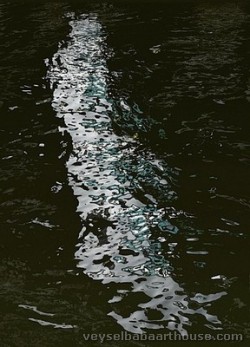
Andreas Gursky
Andreas Gursky (born 15 January 1955) is a German photographer and professor at the Kunstakademie Düsseldorf, Germany.[1]He is known for his large format architecture and landscape colour photographs, often employing a high point of view. Gursky shares a studio with Laurenz Berges, Thomas Ruff and Axel Hütte on the Hansaallee, in Düsseldorf.[2] The building, a former electricity station, was transformed into an artists studio and living quarters, in 2001, by architects Herzog & de Meuron, of Tate Modern fame.[3] In 2010-11, the architects worked again on the building, designing a gallery in the basement.[4]
Education
Gursky was born in Leipzig, East Germany in 1955. His family relocated to West Germany, moving to Essen and then Düsseldorf by the end of 1957.[5] From 1978 to 1981, he attended Folkwangschule, Essen, where he is said to have studied under Otto Steinert. However, it has been disputed that this can't really be the case, as Steinert died in 1978.[6] Between 1981-1987 at the Kunstakademie Düsseldorf, Gursky received strong training and influence from his teachers Hilla and Bernd Becher,[7][8] a photographic team known for their distinctive, dispassionate method of systematically cataloging industrial machinery and architecture.[9] Gursky demonstrates a similarly methodical approach in his own larger-scale photography. Other notable influences are the British landscape photographer John Davies, whose highly detailed high vantage point images had a strong effect on the street level photographs Gursky was then making, and to a lesser degree the American photographer Joel Sternfeld.[citation needed]
Career and style
Before the 1990s, Gursky did not digitally manipulate his images.[10] In the years since, Gursky has been frank about his reliance on computers to edit and enhance his pictures, creating an art of spaces larger than the subjects photographed.[citation needed] Writing in The New Yorker magazine, the critic Peter Schjeldahl called these pictures "vast," "splashy," "entertaining," and "literally unbelievable."[11] In the same publication, critic Calvin Tomkins described Gursky as one of the "two masters" of the "Düsseldorf" school. In 2001, Tomkins described the experience of confronting one of Gursky's large works:[7]
The first time I saw photographs by Andreas Gursky...I had the disorienting sensation that something was happening—happening to me, I suppose, although it felt more generalized than that. Gursky's huge, panoramic colour prints—some of them up to six feet high by ten feet long—had the presence, the formal power, and in several cases the majestic aura of nineteenth-century landscape paintings, without losing any of their meticulously detailed immediacy as photographs. Their subject matter was the contemporary world, seen dispassionately and from a distance.[7]
The perspective in many of Gursky’s photographs is drawn from an elevated vantage point. This position enables the viewer to encounter scenes, encompassing both centre and periphery, which are ordinarily beyond reach.[12] This sweeping perspective has been linked to an engagement with globalization.[13] Visually, Gursky is drawn to large, anonymous, man-made spaces—high-rise facades at night, office lobbies, stock exchanges, the interiors of big box retailers (See his print 99 Cent II Diptychon). In a 2001 retrospective, New York's Museum of Modern Art described the artist's work, "a sophisticated art of unembellished observation. It is thanks to the artfulness of Gursky's fictions that we recognize his world as our own."[14] Gursky’s style is enigmatic and deadpan. There is little to no explanation or manipulation on the works. His photography is straightforward.[15]
Gursky's Dance Valley festival photograph, taken near Amsterdam in 1995, depicts attendees facing a DJ stand in a large arena, beneath strobe lighting effects. The pouring smoke resembles a human hand, holding the crowd in stasis. After completing the print, Gursky explained the only music he now listens to is the anonymous, beat-heavy style known as Trance, as its symmetry and simplicity echoes his own work—while playing towards a deeper, more visceral emotion.[citation needed]
The photograph 99 Cent (1999) was taken at a 99 Cents Only store on Sunset Boulevard in Los Angeles, and depicts its interior as a stretched horizontal composition of parallel shelves, intersected by vertical white columns, in which the abundance of "neatly labeled packets are transformed into fields of colour, generated by endless arrays of identical products, reflecting off the shiny ceiling" (Wyatt Mason).[16] The Rhine II (1999), depicts a stretch of the river Rhine outside Düsseldorf, immediately legible as a view of a straight stretch of water, but also as an abstract configuration of horizontal bands of colour of varying widths.[17] In his six-part series Ocean I-VI (2009-2010), Gursky used high-definition satellite photographs which he augmented from various picture sources on the Internet.[18]
Exhibitions
Gursky first exhibited his work in Germany in 1985 and has subsequently exhibited throughout Europe. His first solo gallery show was held at Galerie Johnen & Schöttle, Cologne, in 1988. Gursky's first one-person museum exhibition in the United States opened at the Milwaukee Art Museum in 1998, and his work was the subject of a retrospective organized by The Museum of Modern Art, New York, in 2001, touring to Museo Nacional Centro de Arte Reina Sofía, Madrid, Centre Pompidou, Paris, and Museum of Contemporary Art, Chicago (2001–02). Further museum exhibitions include "Werke-Works 80-08", Kunstmuseen Krefeld (2008, touring to Moderna Museet, Stockholm and Vancouver Art Gallery in 2009); Kunstmuseum Basel, Switzerland (2007); Haus der Kunst, Munich (2007, touring to Istanbul Museum of Modern Art, Sharjah Art Museum, National Gallery of Victoria, Melbourne, and Ekaterina Foundation, Moscow in 2007-08).[19] His work has been seen in international exhibitions, including the Internationale Foto-Triennale in Esslingen (1989 and 1995), the Venice Biennale (1990 and 2004), and the Biennale of Sydney (1996 and 2000).[20]
Selected exhibitions
- 1989 Museum Haus Lange, Krefeld; Centre Genevois de Gravure Contemporaine, Geneva, Switzerland
- 1992 Kunsthalle Zürich, Switzerland
- 1994 Deichtorhallen, Hamburg; De Appel Foundation, Amsterdam, Netherlands; Kunstmuseum Wolfsburg (de)
- 1995 Portikus Frankfurt; Rooseum, Malmö, Sweden; Tate Liverpool, England
- 1998 Kunsthalle Düsseldorf; Kunstmuseum Wolfsburg; Fotomuseum Winterthur, Switzerland; Milwaukee Art Museum, Milwaukee, US; Museum of Contemporary Arts, Houston, US
- 1999 Serpentine Gallery, London, England; Scottish National Gallery of Modern Art, Edinburgh, Scotland; Castello di Rivoli, Turin, Italy
- 2000 Sprengel Museum, Hannover; Galerie für Zeitgenössische Kunst, Leipzig; Busch-Reisinger Museum, Harvard University, Cambridge, MA US
- 2001 Museum of Modern Art, New York City; Museum of Contemporary Art, Chicago, US; Museo Nacional Centro de Arte Reina Sofía, Madrid, Spain; Centre Georges Pompidou, Paris, France;
- 2003 San Francisco Museum of Modern Art, San Francisco, US
- 2005 Kunstmuseum Wolfsburg; Juan March Institute, Madrid, Spain
- 2007 Haus der Kunst, Munich, Germany
- 2007 White Cube, London, England
- 2007 Kunstmuseum Basel, Basel
- 2007 Istanbul Modern, Istanbul, Turkey
- 2007 Matthew Marks Gallery, New York City
- 2008 Exhibition Building Mathildenhöhe, Darmstadt, Germany
- 2008 Museum für Moderne Kunst, Frankfurt am Main, Germany
- 2008 Ekaterina Cultural Foundation, Moscow, Russia
- 2008 Haus Lange/Haus Ester, Krefeld
- 2008–2009 National Gallery of Victoria International, Melbourne, Australia
- 2009 Moderna museet, Stockholm, Sweden
- 2009 Vancouver Art Gallery, Vancouver, Canada
- 2012 Louisiana Museum of Modern Art, Humlebaek, Denmark
- 2012 Museum Kunstpalast, Düsseldorf, Germany
- 2013 National Art Center, Tokyo, Japan
- 2014 National Museum of Art, Osaka, Japan
- 2015 Museum Frieder Burda, Baden-Baden, Germany
Collections
Museum of Modern Art, New York; the Metropolitan Museum of Art, New York; the Tate Modern, London; SFMOMA, San Francisco; the Centre Pompidou, Paris; the Kunsthaus Zürich and with Victor Pinchuk. Works are also held in private collections by, amongst others, Eli Broad in Los Angeles, Mitchell Rales in Washington, DC, and Bernard Arnault in Paris [21] and Gennadiy Korban in Geneva.
Art market
Most of Gursky's photos come in editions of six with two artist's proofs.[21] As of end 2011, Gursky holds a new record for highest price paid at auction for a single photographic image. His print Rhein II sold for USD $4,338,500 at Christie's, New York on 8 November 2011.[22][23] In 2013, Chicago Board of Trade III (1999-2009) sold for 2.2 million pounds, an auction record for a Gursky exchange photo.[24]
